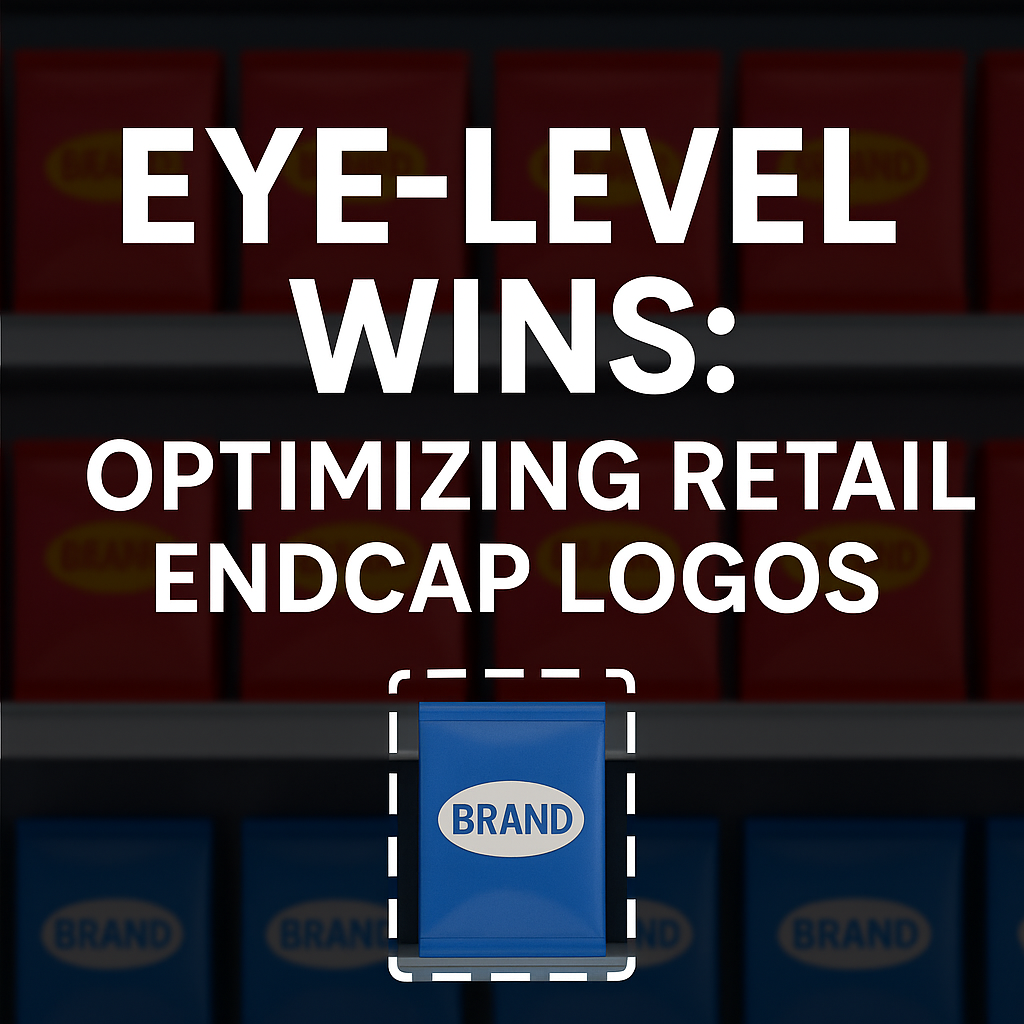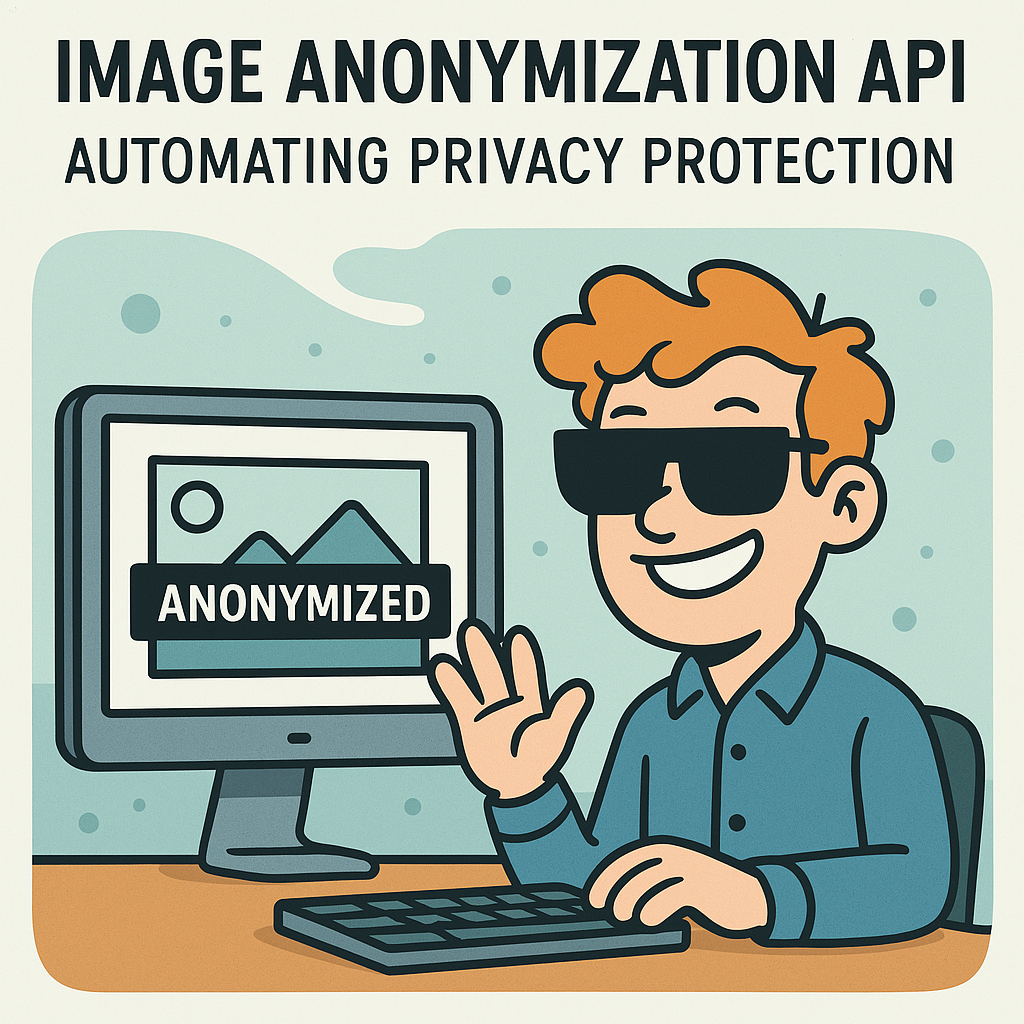
Eye-Level Wins: Optimizing Retail Endcap Logos
In retail, what happens at eye level doesn’t just influence what shoppers buy — it shapes the entire P&L. Shelf studies reveal that products placed in the shopper’s direct line of sight attract 35% more attention and drive significant sales lifts. Yet many brands still struggle to see, let alone optimize, what’s really happening across thousands of stores. Today, AI-powered computer vision is rewriting the rules, turning ordinary aisle photos into boardroom KPIs. C-level executives can now benchmark, measure, and improve shelf performance at unprecedented speed and scale — transforming logo placement from a merchandising guess into a strategic, profit-driving advantage. This post explores how next-generation shelf analytics are empowering decision-makers to win the battle for attention, maximize ROI, and drive sustainable growth by keeping their brands always in the shopper’s gaze.

Turning Store Traffic Footage into Marketing Insights
In-store cameras are no longer just for counting people — they're becoming powerful tools for understanding shopper behavior. By analyzing how long customers dwell at displays, which products they interact with, and how store layouts influence decisions, retailers can unlock insights once limited to e-commerce. This post explores how modern computer vision turns everyday footage into data-driven marketing decisions that boost engagement and conversion — without compromising customer privacy.

BI Dashboards: Streaming Vision Metrics to Tableau
Vision metrics no longer need to live in notebooks and backlogs. With streaming pipelines and smart webhooks, computer vision insights — from PPE compliance to shelf-stock gaps — can flow directly into Tableau dashboards in near real time. This post explores how to connect detection APIs to BI tools, design impactful visualizations and scale a cost-effective architecture that turns raw images into actionable business intelligence.

Receipt-OCR Mastery: Turning Paper Slips into Real-Time Retail Data
Paper receipts may seem like outdated clutter, but they’re packed with valuable information — if you know how to unlock it. In this deep-dive article, we explore how modern OCR and receipt-parsing technologies transform messy, real-world images into structured, machine-readable data. From extracting itemized SKUs and calculating taxes to feeding real-time analytics dashboards, today’s systems do far more than just read text.
You'll learn how receipt parsing APIs handle mobile photo noise, benchmark their accuracy using industry datasets, and integrate into serverless workflows that scale effortlessly. Whether you're looking to automate expense tracking, power dynamic pricing or personalize loyalty programs, this guide breaks down the full pipeline — from snapshot to actionable insight. Ideal for retail, finance, logistics and tech teams ready to turn everyday receipts into a competitive edge.

Ethical Vision AI: Fighting Bias & Privacy
Vision AI is transforming industries from retail to public safety — but without careful attention, it can also introduce bias and privacy risks. In this blog post, we explore how ethical challenges emerge in face recognition, surveillance and analytics and lay out practical strategies for building fair, transparent and privacy-first computer vision systems. From curating balanced datasets to designing explainable models and deploying anonymization tools like API4AI’s Image Anonymization API, discover how businesses can turn responsible AI practices into a powerful competitive advantage. Learn why ethics isn’t just about compliance — it’s the future of trusted innovation.

Image Anonymization API: Automating Privacy Protection
In an age where cameras are everywhere and visual data is collected at an unprecedented scale, protecting personal privacy has never been more important. From smart cities and retail environments to healthcare and academic research, images and videos often contain sensitive information such as faces, license plates and brand identifiers. Without proper handling, this data can expose individuals to risks and put organizations at odds with strict privacy regulations like GDPR and CCPA.
Image anonymization offers a reliable and scalable way to address this challenge. By using AI-powered tools to automatically detect and obscure sensitive elements, organizations can safely use visual content for analysis, sharing or public reporting — without compromising individual privacy. In this blog post, we take a deep dive into how automated image anonymization works, explore real-world use cases and share best practices for implementation. We’ll also look ahead at emerging trends like adaptive anonymization and highlight how cloud APIs can be combined with other image processing tools to build comprehensive, privacy-first solutions.
Retail Analytics: Using AI-Powered Image Recognition for Customer Insights and Behavior Tracking
AI-powered image recognition is transforming the way businesses understand customer behavior and optimize operations. By gathering real-time data on demographics, foot traffic, and even customer emotions, retailers can gain deep insights to enhance the shopping experience and drive sales. From personalized marketing and customer journey mapping to automated inventory management and security enhancements, AI is revolutionizing retail analytics. In this post, we explore how retailers can leverage this cutting-edge technology to stay ahead of the curve and offer tailored, efficient experiences that build customer loyalty.
